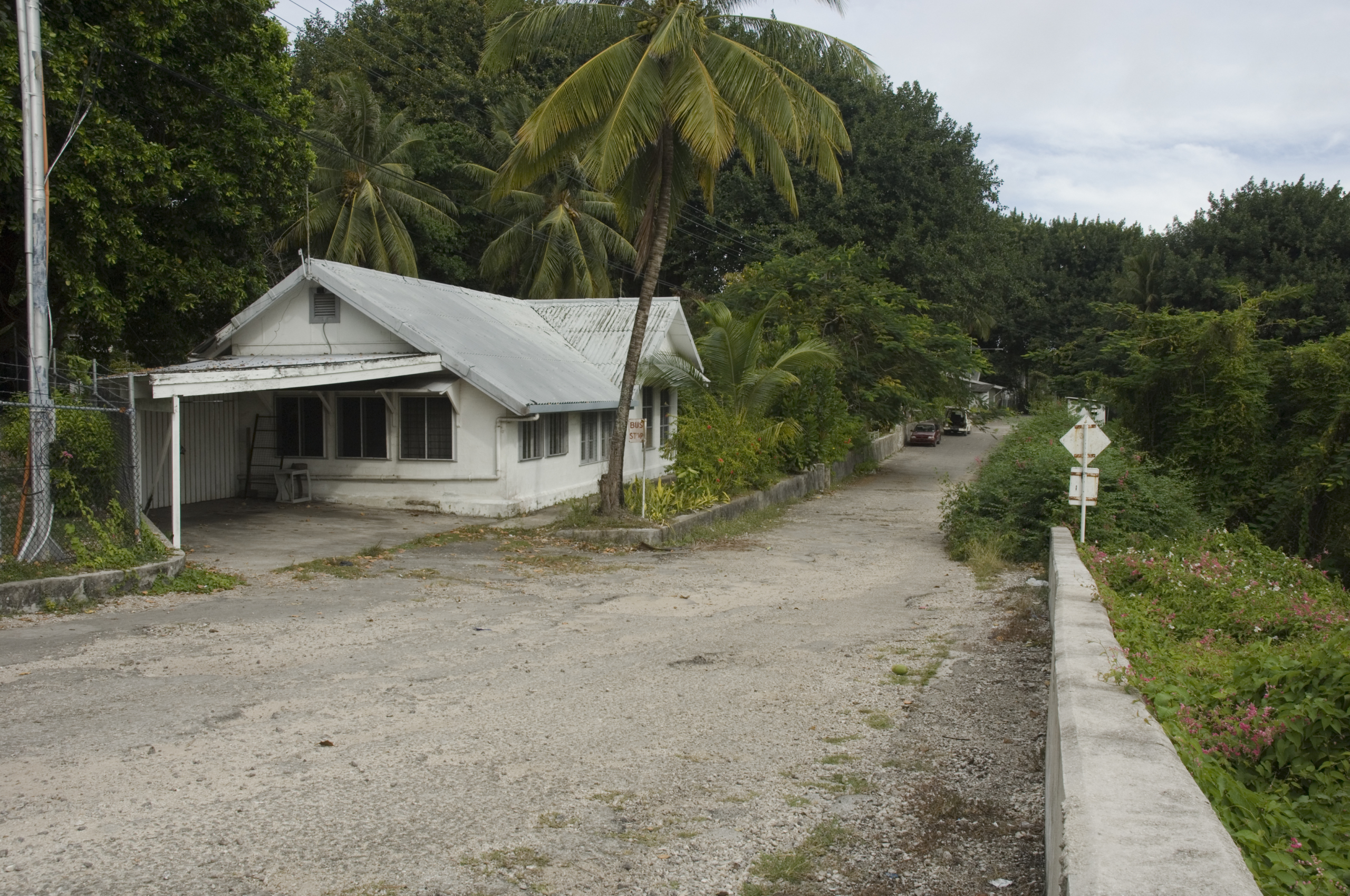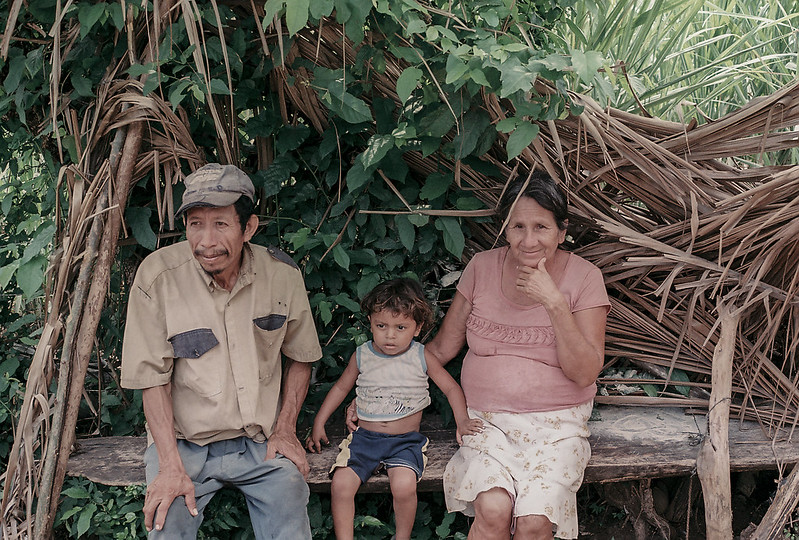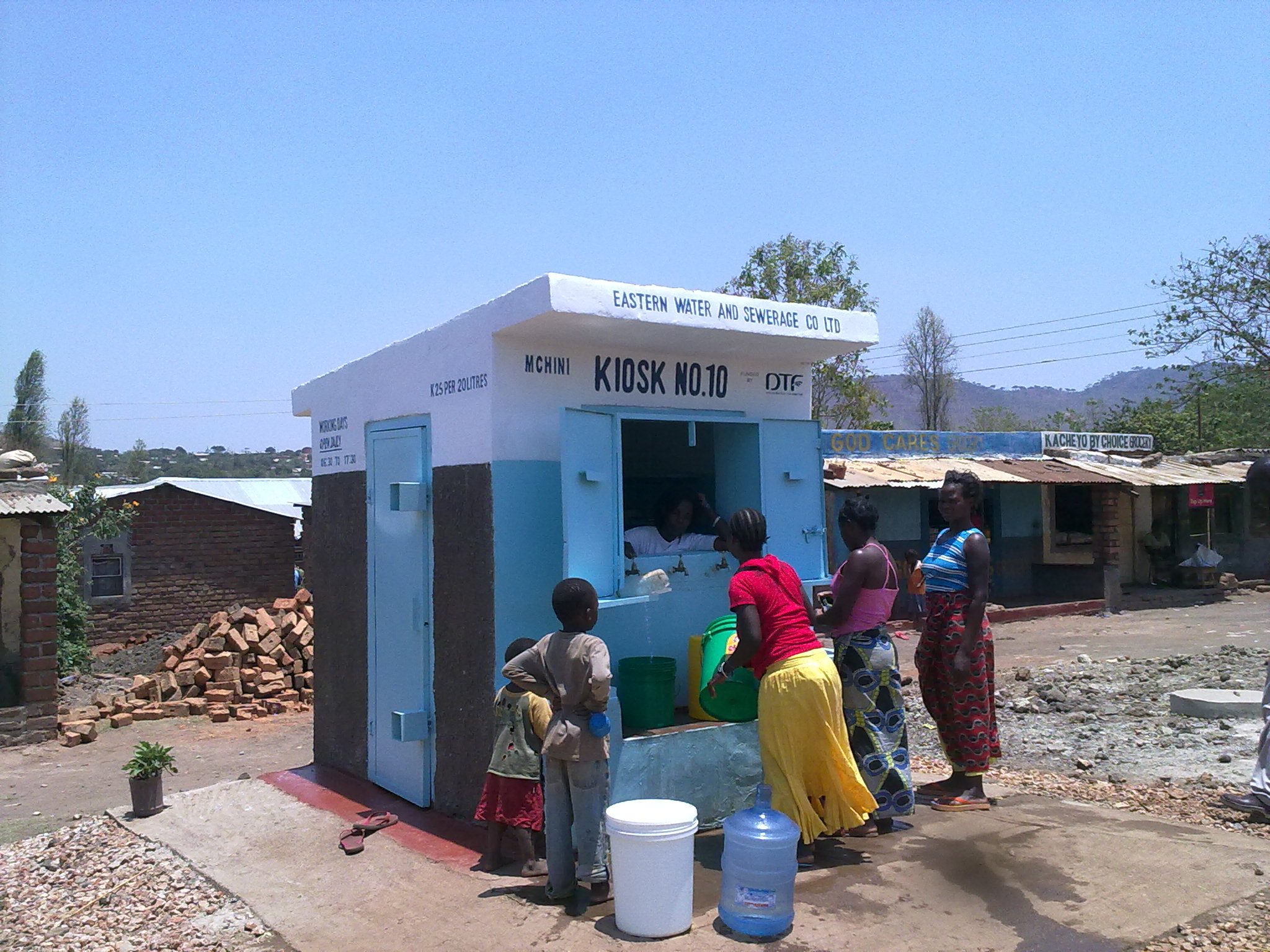 Nauru is an eight square mile island in the Central Pacific, located almost 2,500 miles northeast from Australia and with a population of nearly 13,000 people. Nauru has faced multiple major challenges in the past including diminishing all of its phosphate reserves and being the home of a controversial detention center for the refugees seeking asylum in Australia. However, in recent years, major improvements in the country’s quality of life have occurred, subsequently increasing the life expectancy of Nauru. These 10 facts about life expectancy in Nauru outline the progress the country has made in recent years.
Nauru is an eight square mile island in the Central Pacific, located almost 2,500 miles northeast from Australia and with a population of nearly 13,000 people. Nauru has faced multiple major challenges in the past including diminishing all of its phosphate reserves and being the home of a controversial detention center for the refugees seeking asylum in Australia. However, in recent years, major improvements in the country’s quality of life have occurred, subsequently increasing the life expectancy of Nauru. These 10 facts about life expectancy in Nauru outline the progress the country has made in recent years.
10 Facts About Life Expectancy in Nauru
- Life expectancy in Nauru is increasing. In 2020, it reached 68.4 years in contrast with the average life expectancy in 2000 of 60 years old.
- The unemployment rate has dropped immensely. In 2004, 90% of the country did not have employment. Meanwhile, strip mining ravaged the island, rendering most of its land unusable for agriculture, forestry or recreation. Additionally, these practices almost caused the school system to collapse. Nauru mined all of its phosphate resources and shipped them off to other countries to use as fertilizer. The country was simultaneously combating corruption, climate change and money-laundering. Despite these issues, the unemployment rate in 2011 has dropped by almost 70%, and after nine years, it is currently sitting at 23%. As the unemployment rate decreases, more people should be able to sustain themselves despite the country’s slowly growing economy, consequently boosting the life expectancy.
- The health crisis directly correlates with Nauru’s social and economic circumstances. Extreme levels of heart disease, type 2 diabetes and obesity are dropping in Nauru. While more than 70% of people in Nauru were obese in 2018, the percentage dropped to 45% in 2014. Slowly, but surely, people are starting to decrease their alcohol and tobacco consumption and choose a healthier lifestyle.
- From 1960-1970, Nauru held one of the highest GDPs, conceding only to oil-rich Saudi Arabia. In 1973, Nauru’s Annual GDP was $26 million. Meanwhile, Saudi Arabia’s was almost $15 million. Nauru lost its rich economic potential during the crash of the phosphate industry and unfortunately, Nauru has exhausted all of its natural resources. Today, Nauru’s GDP is only $112 million and it is surviving with Australia’s help and ambitious plans for the future.
- Nauru has 1.24 physicians per 1,000 of the population. Meanwhile, 96.5% of people have access to improved drinking water sources, such as protected wells or public taps. Nauru has more physicians available for its population than countries like Chile, Egypt, Iran and Vietnam.
- Around 11% of Nauru’s federal budget or expenditure goes towards the health of its citizens. Nauru’s facilities include two big hospitals located on the island that provide free medical and dental treatments for Nauruans and employees of the Nauru Phosphate Corporation. Furthermore, while the risks of contracting bacterial diarrhea and malaria are high, Nauru is on its way to completing the Millennium Development Goals. The Millennium Development Goals, outlined by the World Health Organization (WHO), aim to reduce the prevalence of malaria and HIV as well as child mortality. It is also important to note that for a developing country, Nauru’s mortality rate from these diseases is low.
- Nauru is partnering with the Green Climate Fund to upgrade its maritime port. This partnership will directly boost Nauru’s food security, local economy, commerce and life expectancy. It will be easier for shipping vessels to disembark and for local business owners to have new opportunities due to incoming exports. Nauru is also advancing its Higher Ground Initiative, which will remove infrastructure from coastal areas and place them elsewhere. Both the Higher Ground Initiative and the new port facility will stimulate employment, create renewable energy and provide a stable income for many. These developments will, in turn, improve the citizens’ Human Development Index (HDI), which estimates the wellbeing, health and life expectancy in Nauru.
- Another partnership with The World Health Organization (WHO) resulted in the National Health Strategic Plan of 2018-2022, an attempt to revive Nauru’s healthcare system. This plan will implement high immunization coverage, improve mental health, monitor the drinking-water quality, strengthen systems that protect people from HIV, STIs and tuberculosis and create a national plan to increase life expectancy in Nauru. In 2019, the WHO discovered that Nauru had zero cases of bacterial diarrhea, influenza, donor lymphocyte infusions and pulmonary fibrosis. This suggests that the implemented health plan has made positive changes.
- The mortality rate of children under 5 years old has been decreasing. In 2018, the mortality rate was 32 deaths per 1,000 live births. In 2020, it dropped to 7.4 deaths per 1,000 births. The mortality rate has also decreased by more than 97% as skilled health staff now assist all births.
- Despite economic and health care progress, life expectancy for refugees in Nauru remains low. Medecins Sans Frontieres (MSF) reported that out of the 208 refugee patients that it served, 60% had suicidal thoughts and 30% attempted suicide. The life expectancy of refugees living in detention camps is also low. The Guardian reported two dire instances of refugees’ desperation. In the first, a refugee set himself on fire out of despair and powerlessness. In the second instance, a 12-year-old boy was at risk of dying from a two-week-long hunger strike out of hopelessness.
While Nauru is making a lot of progress in its health care and economy, it must continue addressing its refugee crisis that leads to the loss of innocent lives. A coalition of prominent NGOs and Australia’s largest human rights organizations such as the Refugee Council of Australia and Australian Lawyers Alliance are working to re-locate refugee children from Nauru to Australia. In 2019, many resettled in the United States and Australia.
If Nauru continues to strive for financial independence, provide jobs for its people and create stable sources of income, it could eliminate many of the country’s health problems that come from smoking and alcohol addiction. This, in turn, should increase life expectancy in Nauru. By developing as an economically stable and self-sufficient country, it may also no longer need to support Australia’s controversial detention camps for asylum seekers.
– Anna Sharudenko
Photo: Flickr
 Hydroelectricity is one of the few renewable energy resources that can be used to generate electricity. Many countries around the globe have used hydroelectricity to varying degrees. One country that has used this form of renewable energy to a largely successful degree has been the South American country of Paraguay. Hydroelectric power in Paraguay has proven quite successful.
Hydroelectricity is one of the few renewable energy resources that can be used to generate electricity. Many countries around the globe have used hydroelectricity to varying degrees. One country that has used this form of renewable energy to a largely successful degree has been the South American country of Paraguay. Hydroelectric power in Paraguay has proven quite successful.


 Hepatitis B is an
Hepatitis B is an 
 Zambia is a country with a population of more than 16.5 million. It neighbors Zimbabwe, Tanzania, the Democratic Republic of the Congo, Angola, Botswana, Mozambique and Malawi in the Southern-Central region of Africa. In 2011, Zambia achieved middle-income country status, reflecting the country’s substantial economic growth of
Zambia is a country with a population of more than 16.5 million. It neighbors Zimbabwe, Tanzania, the Democratic Republic of the Congo, Angola, Botswana, Mozambique and Malawi in the Southern-Central region of Africa. In 2011, Zambia achieved middle-income country status, reflecting the country’s substantial economic growth of  With COVID-19 emerging as a global pandemic, attention has centered on alleviating its effects. However, this has posed challenges to combating other respiratory illnesses, like tuberculosis, due to the lack of control efforts. Russia has been particularly hit by this, where it has a higher sensitivity to respiratory issues. To better understand this and the solutions that might be used to fight both COVID-19 and tuberculosis, here are eight facts about tuberculosis in Russia.
With COVID-19 emerging as a global pandemic, attention has centered on alleviating its effects. However, this has posed challenges to combating other respiratory illnesses, like tuberculosis, due to the lack of control efforts. Russia has been particularly hit by this, where it has a higher sensitivity to respiratory issues. To better understand this and the solutions that might be used to fight both COVID-19 and tuberculosis, here are eight facts about tuberculosis in Russia.